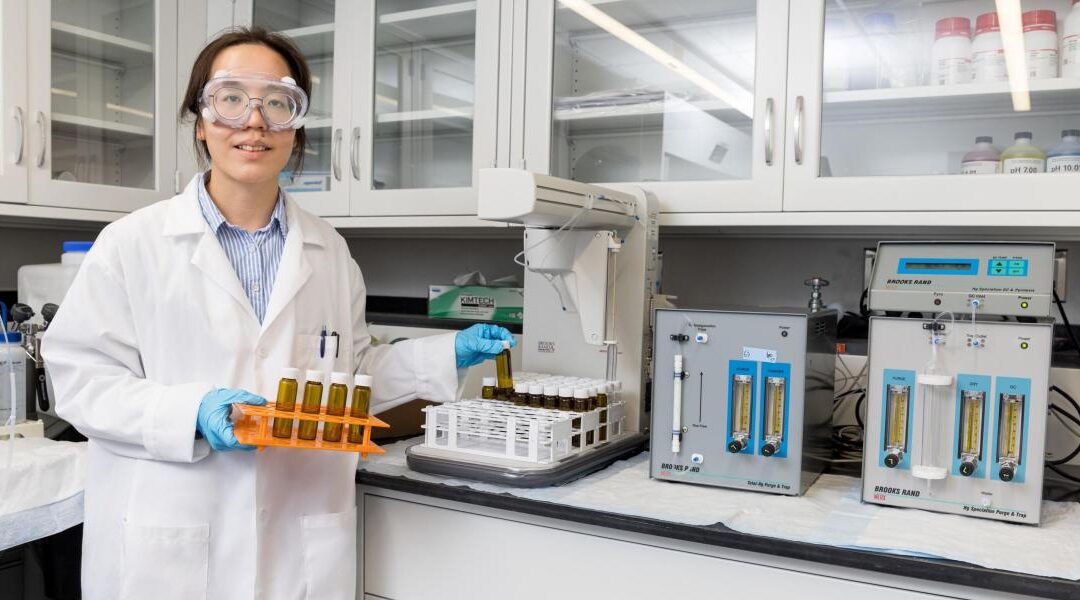Climbing temperatures in the Arctic tundra are transforming inorganic mercury deposited by power plants and other industrial polluters, some of it inert for decades, into a neurotoxin that is accumulating in the region’s lake sediments, wetland ponds, soils and food chains. Certain tiny anaerobic microorganisms are thought to play a role in accelerating the formation of methylmercury (MeHg), a neurotoxin. As the permafrost thaws, researchers posit, decaying soil releases an abundance of nutrients. Those nutrients fuel the metabolisms of anaerobes, which convert inorganic mercury into methylmercury, a form they can excrete.
Lijie Zhang, an assistant professor of chemistry and environmental science who studies the transformation of industrial pollutants in the environment, is conducting lab experiments to better understand the biogeochemical drivers of the toxin’s formation, a process known as methylation, in tundra soils. To read the full story.

